Ohio Sea Grant researcher hopes to model Lake Erie dead zone mystery
2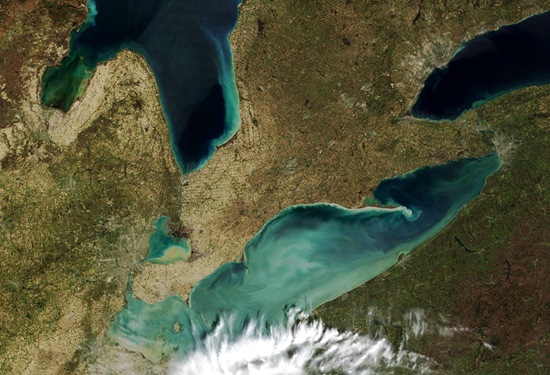 Perhaps one of the greatest mysteries lurking in the waters of Lake Erie today is why the lake’s dead zone appears to be worsening.
Perhaps one of the greatest mysteries lurking in the waters of Lake Erie today is why the lake’s dead zone appears to be worsening.
Ohio Sea Grant researcher Dr. Gerald Matisoff, Professor in the Department of Geological Sciences at Case Western Reserve University, is trying to solve that mystery with a complex computer model of lake chemical reactions, perhaps one of the most intricate simulations of these chemical reactions generated.
A Brief History of the Dead Zone
The dead zone, an oxygen-deprived area that covers most of the lake’s central basin, seemed to be improving in the late 1980s.
For years before this point, the eutrophication (nutrient loading) from agricultural runoff and industrial pollution had been feeding enormous algal blooms that eventually consumed much of the lake’s oxygen, making it extremely inhospitable to most aquatic life in the 1970s. Major controls, however, were put into place to clean the lake and improve water quality.
The EPA’s regular readings of oxygen levels showed that the lake’s anoxia (oxygen deprivation) was fading away in the 1980s, and what was once considered a “dead lake” was on the mend. In the 1990s, however, that favorable trend started to falter again, and in the 2000s the algal bloom problem was back in full force.
The algal blooms are returning, and again worsening the dead zone, despite the fact nutrient loading into the lake does not appear to be increasing. Point source pollution has been reduced significantly since the ’70s in large part due to the Clean Water Act’s discharge regulations, and despite expanding farmland in the region it appears nonpoint pollution is improving as well thanks to stricter regulations regarding fertilizer use.
Modeling the Problem
Matisoff suspects that instead of outside nutrient loading from pollution and runoff, the chemicals fueling the algal blooms might be coming from the lake floor itself, as was reported in the Ohio Sea Grant’s latest edition of Twine Line. To test this, he and his team are working on an increasingly complex computer model that aims to study the interaction of all chemicals at specific points in the lake. Their work is funded by the Ohio Sea Grant and Lake Erie Protection Fund.
Twine Line quotes Matisoff:
“We want to know two things,” he explains. “First, how fast does the oxygen in the lake disappear into the mud? And second, what nutrients are being released back into the water column as the algae on the lake floor decomposes? Those nutrients might be causing chemical reactions that consume additional oxygen. A model could help us predict what is contributing to the Dead Zone in terms of oxygen consumption and internal nutrient release.”
Of course, mapping the innumerable ways various chemicals interact with each other is a daunting task. Moreover, the 20 years of data Matisoff is using to create his model come from scattered locations in the lake, since no one has yet sampled all the chemicals in a single spot; typically scientists limit themselves to studying and mapping only a few chemicals because understanding their holistic interaction is so extraordinarily difficult.
The challenge is maintaining an accurate model while trying to accommodate such an intricate web of interactions. To facilitate this, he and his team would like to sample the Great Lakes themselves, if they can receive the funding, so they can have comprehensive chemical profiles for specific locations instead of needing to glean this data from various other studies.
Eventually, Matisoff said, this model might help predict the future of the dead zone and for how much longer it’s here to stay.
To learn more about Matisoff’s research, read further coverage in Twine Line [PDF] or e-mail him at gxm4 [at] Case [dot] edu.
Twine Line [PDF] [Ohio Sea Grant] Image Credit: NASA Earth Observatory Collection




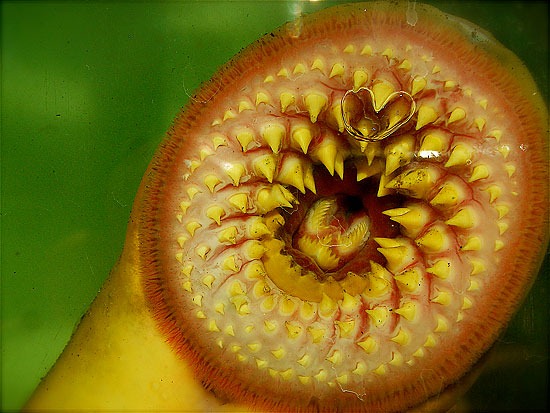
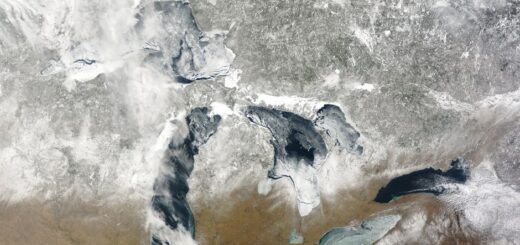
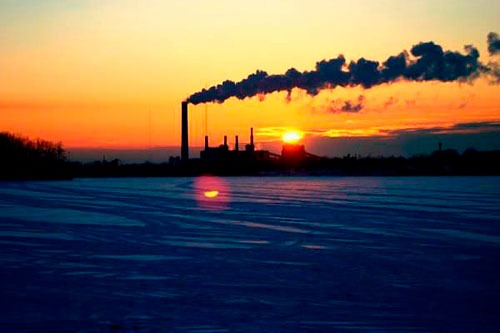


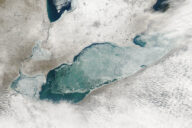




[…] to generate more comprehensive models of the lake. Ohio Sea Grant researcher Dr. Gerald Matisoff, for example, is working on a computer model of the lake that among other things accounts for nutrients coming […]
[…] dead zone, a body of water that lacks oxygen and no fish or plants can survive. This happened to Lake Erie in the 1960s, resulting from algal blooms caused by industrial pollution, human waste and farm run-off. Lake […]